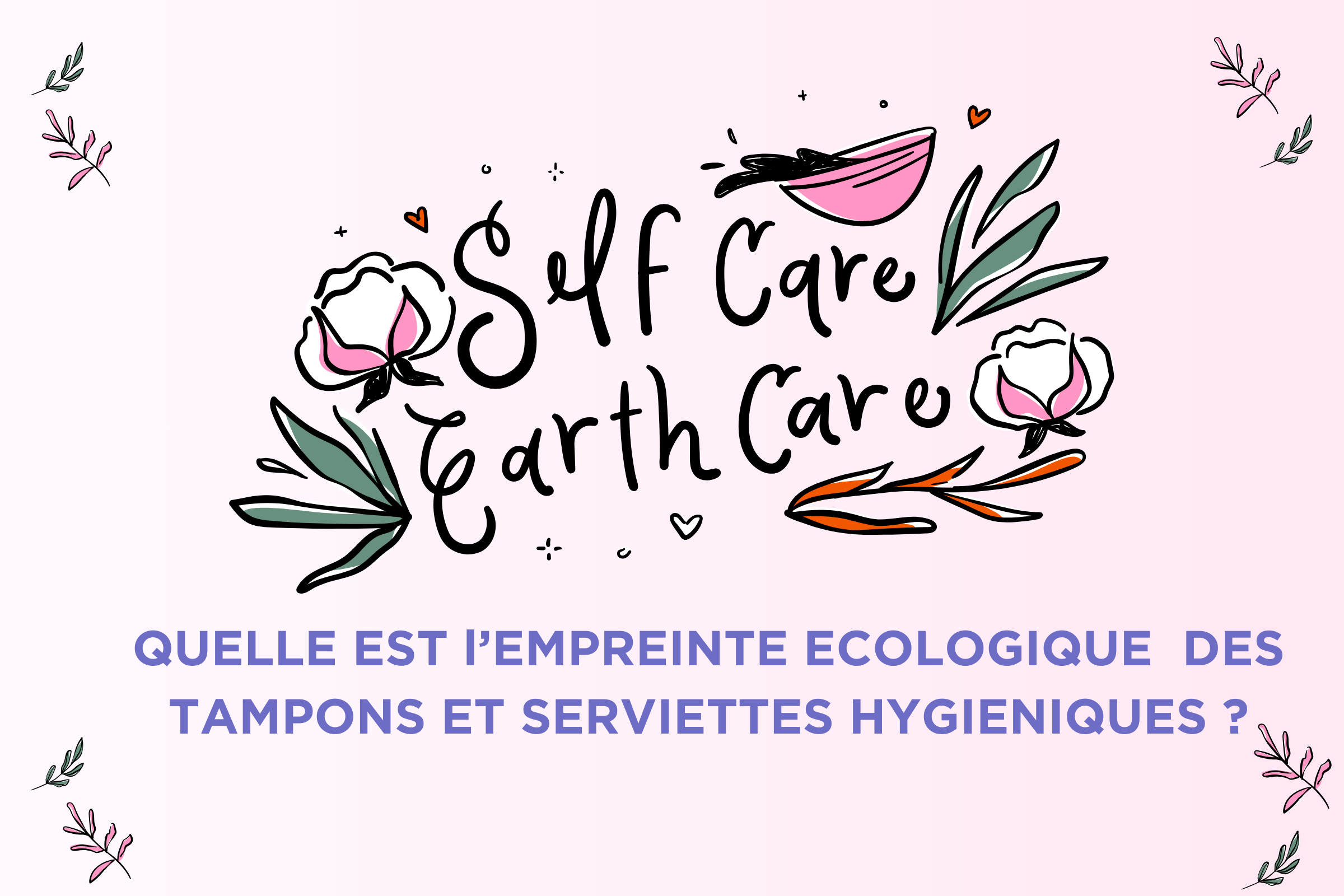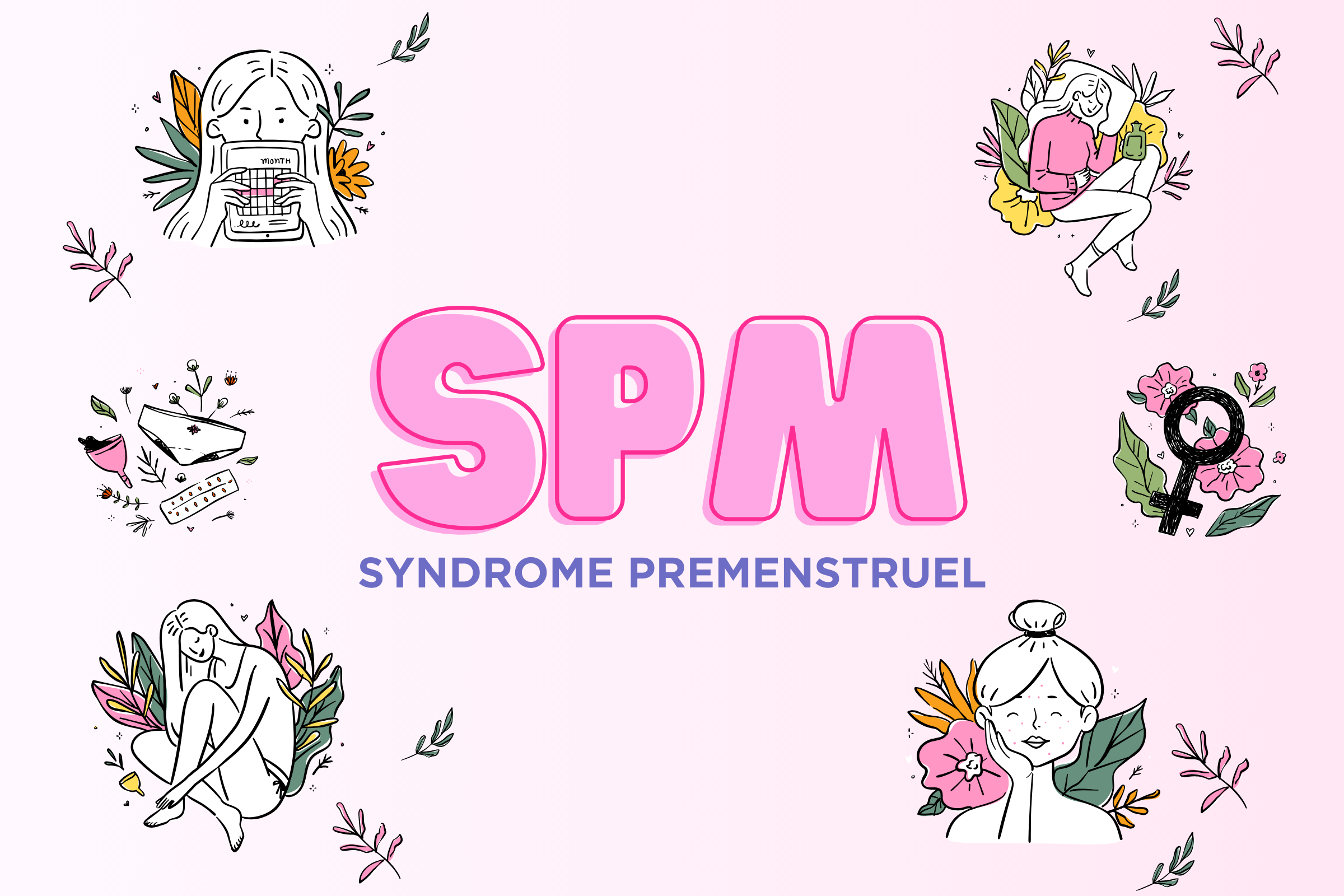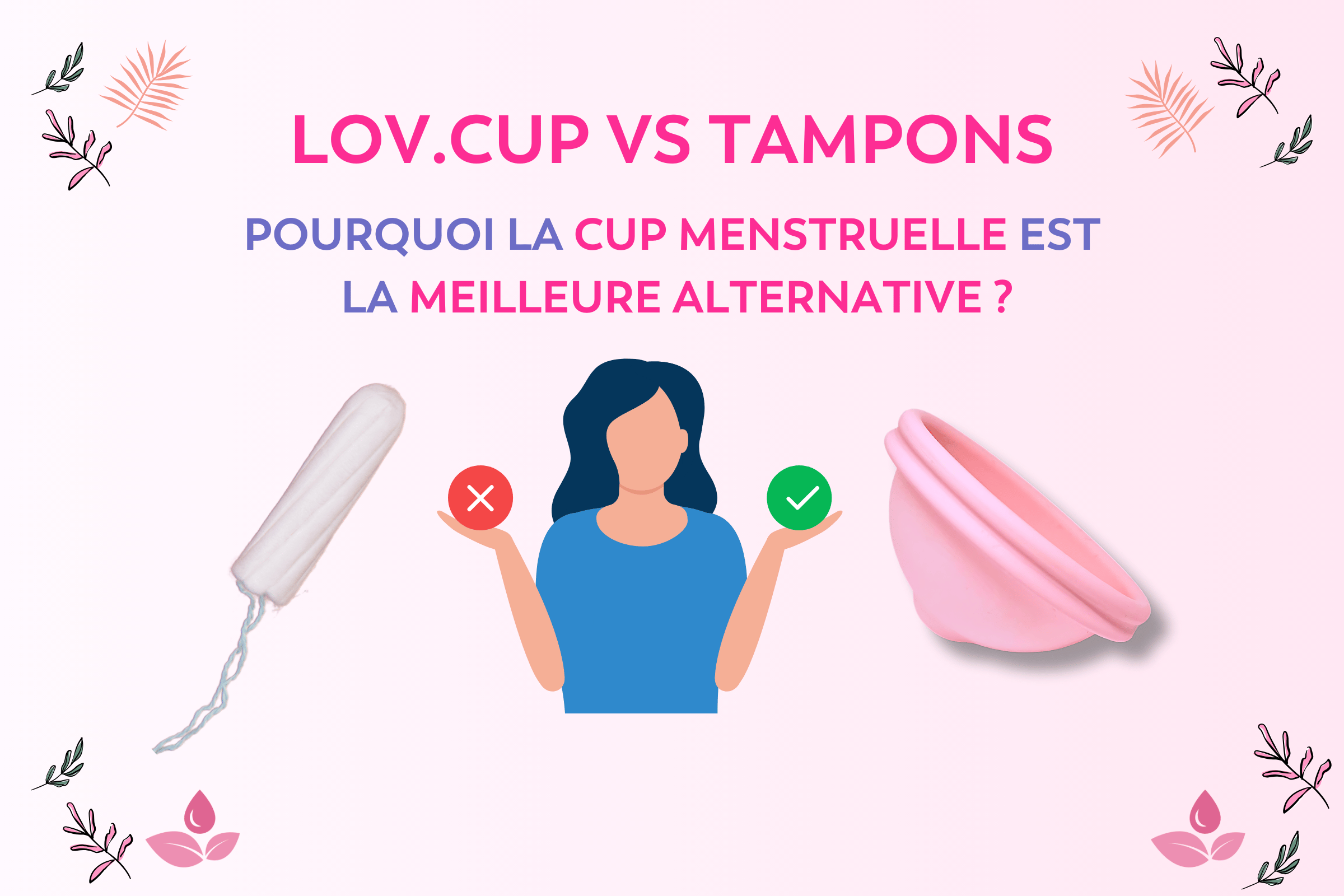
What is the ecological footprint of tampons and sanitary napkins?
Environmental Impact of Disposable Menstrual Products
The environmental impact of disposable menstrual products, such as tampons and sanitary pads, is a growing concern. These widely used products have a high environmental footprint, particularly due to their materials, manufacturing, and the waste they generate. Find out why these products aren't so "disposable" and what more sustainable alternatives exist.
1. Materials and manufacturing: invisible but significant impacts
Non-biodegradable components
- Plastics : Tampons and pads often contain polyethylene or polypropylene. These plastics, found in applicators, covers, and waterproof diapers, can take between 500 and 800 years to decompose.
- Processed cotton fibers : Cotton, essential to these products, is often bleached with chlorine or treated with chemicals. These processes increase the ecological footprint.
Cotton cultivation: a major consumer of resources
- Water : It takes approximately 20,000 liters of water to produce 1 kg of cotton, the equivalent of a t-shirt.
- Pesticides : Conventional cotton farming uses pesticides and fertilizers that contaminate soil and water.
2. Waste: a long-term problem
Impressive figures
- The average woman uses 11,000 to 16,000 tampons or pads in her lifetime. That's tons of waste that's difficult to manage.
- Every year, an estimated 4.3 billion tampons are thrown away worldwide, many ending up in landfills, oceans or on beaches.
An alarming time of decomposition
Non-biodegradable sanitary napkins and tampons remain in nature for hundreds of years, contributing to global plastic pollution.
3. Carbon impact: a cost for the planet
The manufacturing, transportation and packaging of tampons and pads contribute to CO₂ emissions:
- Sanitary napkin : approximately 5.3 g of CO₂ per unit.
- Buffer : approximately 4.8 g of CO₂ per unit.
Multiplied by the billions of products used each year, the impact is colossal.
4. Eco-friendly alternatives to tampons and sanitary napkins
Reusable products: a sustainable solution
- Reusable menstrual discs : Comfortable and eco-friendly, they combine flexibility and durability.
- LOV.Cup : Made of medical silicone, it is reusable for 10 years, drastically reducing waste.
- Reusable sanitary napkins : Easy to clean and durable, they offer a plastic-free alternative, but they are not internal protection.
5. Why choose sustainable menstrual products?
Adopting reusable or organic alternatives allows you to:
- Reduce your carbon footprint.
- Limit plastic pollution.
- Actively participate in the preservation of natural resources.
🔗 Also discover our LOV.Cup sterilizer for easy maintenance
Conclusion: Change your habits to protect the planet
Conventional tampons and sanitary napkins have a significant environmental impact. Fortunately, there are sustainable solutions that can reduce these negative effects while still meeting women's needs. Choose LOV.Cup and help reduce menstrual-related pollution.








Leave a comment
This site is protected by hCaptcha and the hCaptcha Privacy Policy and Terms of Service apply.